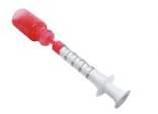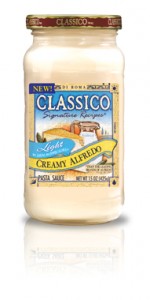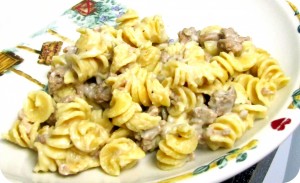Exciting news for parents on the horizon from Johnson and Johnson. As infant Tylenol re-enters the market during this upcoming cold and flu season, the bottle will have a new safety feature. The bottle will include a new, enhanced bottle with a protective opening and push-in syringe.

The protective opening will:
Provide even better dosing accuracy and ease of administration to infants
Allow for better control when dispensing the medication and reduce spillage
Further reduce the risk of children being able to get to the medicine in the bottle
An added bonus as well, the Children’s Tylenol products will also have the new enhanced bottles with the protective opening.

I was able to test out each of these new bottles a couple weeks ago at the Mom 2.0 Summit. I have to say, I was completely pleased with the new bottles. This has definitely been history in the making and a huge step forward in the safety arena with children. The bottles are a hard plastic to where you have to squeeze really hard in order to get the liquid out. Also, with the Infant’s Tylenol bottle, you have to have the syringe in place in the bottle for the liquid to come out. This is great because as a mom, we can have so many busy things going on, that we forget to put the lid back on and the toddler can come up behind us and grab the bottle. I applaud Johnson and Johnson for coming up with new safety features and looking out for our children.
With that being said, we still need to make sure we are administering the medicines properly to our kids.
1. Always use the syringe, dropper, or dosage cup that comes with the medicine. The reasoning behind this, is other items like kitchen teaspoons may not always be the most accurate.
2. Never give children medicine that is indicated for adults. Adults medication is so much more powerful and could cause over dose problems in children.
3. Do not give children more than one medicine that contains the same active ingredient at the same time.
4. Be sure to know the infant’s or child’s weight and/or age to help determine the appropriate dosage.
5. When giving liquid medicine to infants, dispense the medicine slowly into their mouth, towards the inner cheek. If it goes directly to the center of the palate, it may cause the child to gag.
6. Do not give medicine to an infant or child who is lying down; this could cause choking.
You will see the new bottles this upcoming cold and flu season. I know you will be shaking your head in agreement with me, that this is a huge improvement over the older bottles!









